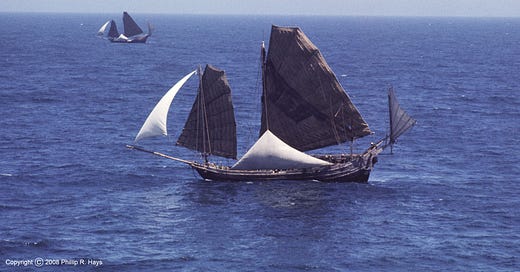Flak for China’s Latest Tonkin Gulf Baseline
However, the baseline won’t likely escalate tensions
By: B A Hamzah
China’s March 1 announcement of a redrawn map in the Beibu Gulf, more famously known as the Tonkin Gulf and the area that gave start to the Vietnam War 60 years ago, has drawn apprehension from a wide range of critics that Beijing is once again attempting to strengthen its grip on the entire South China Sea. Those concerns are likely unfounded, stemming as they do from decades of tension from hegemony over the Paracel and Spratly islet chains, an arena of territorial disputes and competing claims over maritime boundaries. If anything, China and Vietnam appear to be cooperating over the gulf.
The Beibu Gulf in Chinese – Bac Bo Gulf in Vietnamese – is rich in natural resources such as fish and crude oil, which has led to competition between China and Vietnam for access and exploitation of these resources. Considering its strategic significance, any attempt to introduce new laws or redraw the boundary lines would attract undue flak or attention. This is made more acute with the unresolved claims and counter claims by both states claiming almost all the features in the South China Sea. One critic has accused China's latest redrawing of having the effect of carving a large part of the northern South China Sea into its internal waters. This may be so although that is not immediately apparent…



